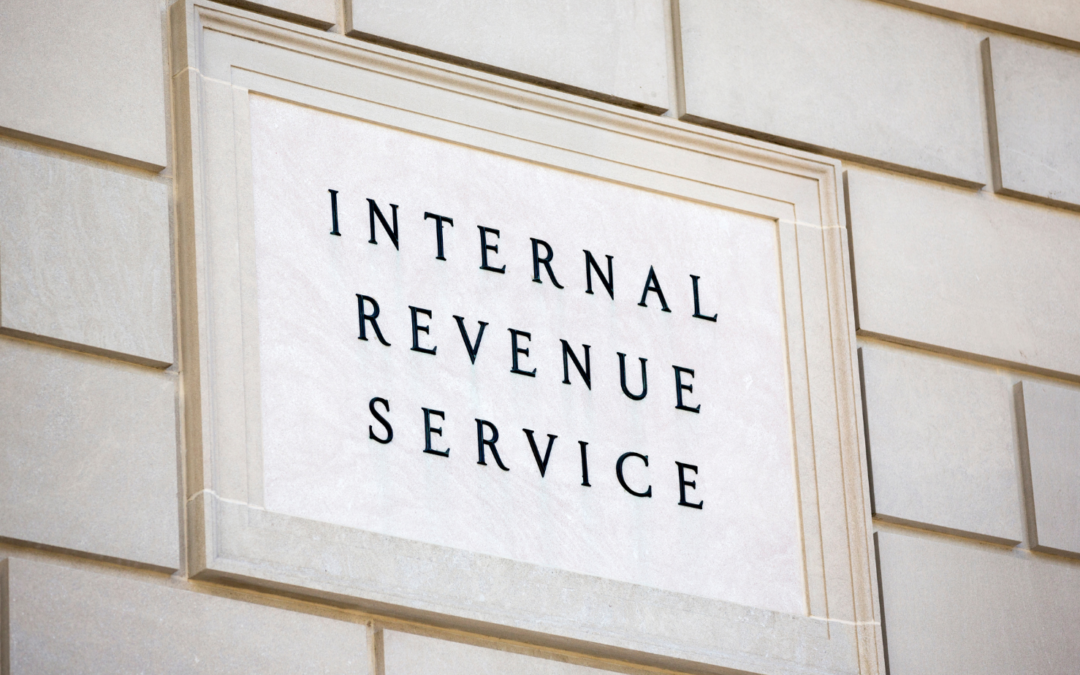Over the past several months, the Internal Revenue Service (IRS) has consistently increased its efforts to address fraudulent claims related to the Employee Retention Credit (ERC) and to stop aggressive marketing around the ERC that misled employers into filing claims. Two alternatives for employers who have filed for and/or received the ERC were recently announced: 1. a Special Withdrawal Process; and 2. a Voluntary Disclosure Program.
Special Withdrawal Process
The Special Withdrawal Process is intended to allow employers who were pressured into filing an ERC application to withdraw their application. Any claim that is withdrawn will be treated by the IRS as if it was never filed; there will be no penalties or interest levied against the withdrawing employer. However, those who willfully filed a fraudulent claim, or assisted or conspired in such conduct, will not be exempt from criminal investigation.
An employer can use the ERC Special Withdrawal Process if all of the following apply:
- Employer made the claim on an adjusted employment return.
- Employer filed the adjusted return only to claim the ERC (i.e., no other adjustments were made).
- Employer wants to withdraw the entire amount of the claim.
- The IRS has not paid the claim, or the employer has not cashed/deposited the refund check.
If you are not eligible to use the Special Withdrawal Process, you may be able to reduce or eliminate the ERC claim by filing an amended return.
Voluntary Disclosure Program
According to the IRS, the Voluntary Disclosure Program is intended to provide a “much-needed option for employers who were pulled into these claims and now realize they shouldn’t have applied.” This program is also designed to assist the IRS in its ongoing efforts to gather information on these promoters who aggressively pushed employers to apply for the credit, while also providing employers the opportunity to correct their claim with a lower financial cost. To qualify for this program, the employer must provide the IRS with the names, addresses, and telephone numbers of any advisors or tax preparers who advised or assisted them with their claim and details about the services provided.
Who can apply for the Voluntary Disclosure Program? Any employer who already received the ERC for a tax period but is not entitled to it can apply for the Voluntary Disclosure Program, subject to certain limitations.
How to Apply for the Voluntary Disclosure Program: To apply for the Voluntary Disclosure Program, the employer must file Form 15434 Application for Employee Retention Credit Voluntary Disclosure Program. If an employer outsources its payroll obligations to a third party who reports, collects, and pays employment taxes on the employer’s behalf, the third party (not the employer) must file the Form 15434. Applications must be submitted by March 22, 2024.
Payments Under the Voluntary Disclosure Program: The IRS recognizes that employers often did not receive the full amount of the credit due to percentage fees charged by promoters; because of this, employers accepted into the Voluntary Disclosure Program will only be expected to repay 80% of the credit they received. Further, if the IRS paid interest on the employer’s ERC refund claim, a program participant will not need to repay that interest; and the IRS will not charge program participants interest or penalties on credits they repay.
If an employer is not able to pay the required 80% at the time of the signing of the closing agreement, the employer may be considered for an installment agreement, on a case-by-case basis, to pay back the credit over time. Under the standard installment agreement, however, the employer will be subject to interest and penalties. For this reason, the IRS encourages employers who are unable to pay the required 80% upon closing to consider obtaining a loan from a financial institution to avoid the costs of an installment agreement with the IRS.
For more details on the Special Withdrawal Process or the Voluntary Disclosure Program, please visit the following links:
- Special Withdrawal Process: IRS Press Release; and Special Instructions
- Voluntary Disclosure Program: IRS Press Release; and Frequently Asked Questions
What This Means for You
Determining your eligibility for ERC and navigating these current IRS initiatives related to ERC claims is a technical and complex process. Whether you have filed for the ERC and have received correspondence back from the IRS (i.e., a disallowance letter), you have filed an ERC claim and are now considering participating in the Special Withdrawal Process or Voluntary Disclosure Program, or you are considering filing an ERC claim, the attorneys at Dvorak Law Group are available to review your facts and circumstances and applicable governmental orders to assist in evaluating eligibility for the ERC.

 Seth Moen
Seth Moen
Office: 402.933.3079


Recent Comments